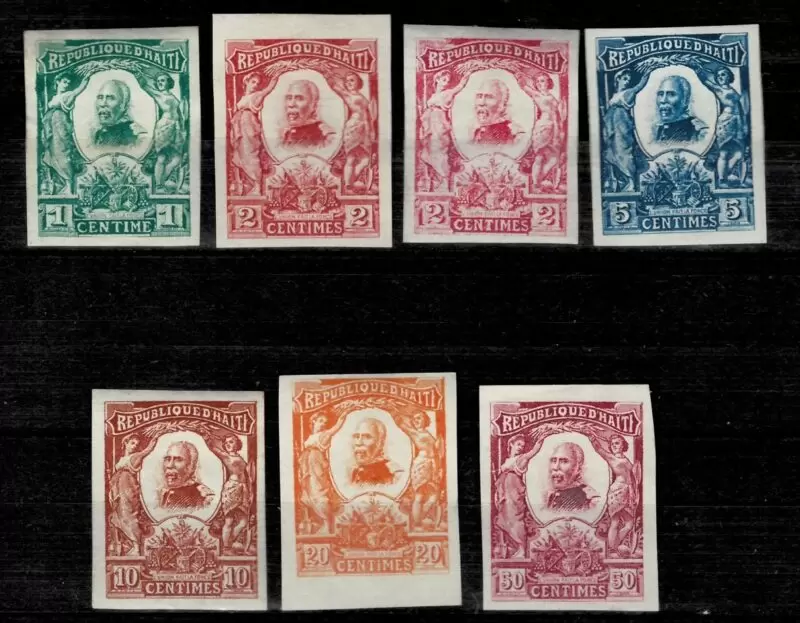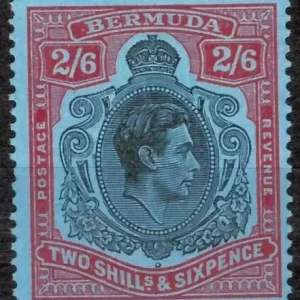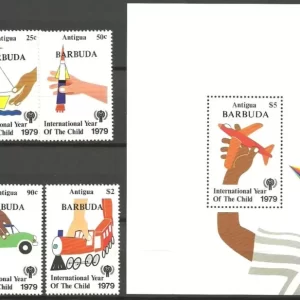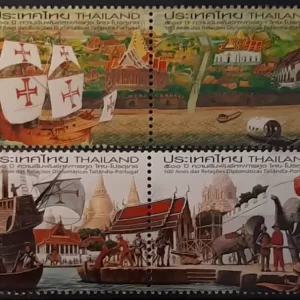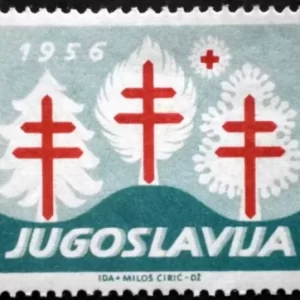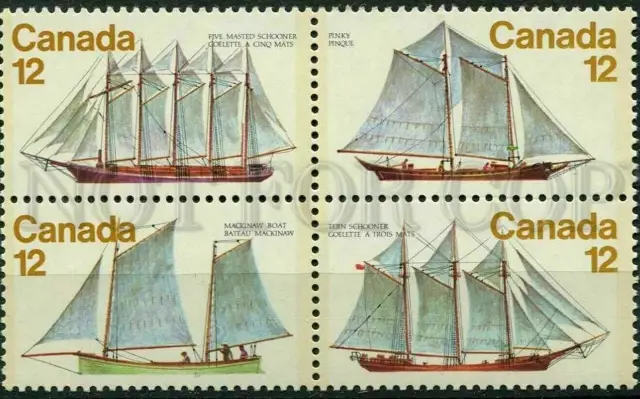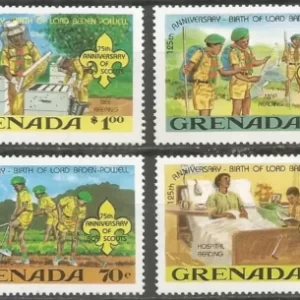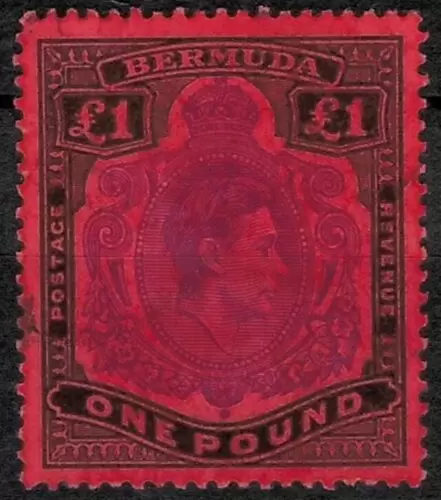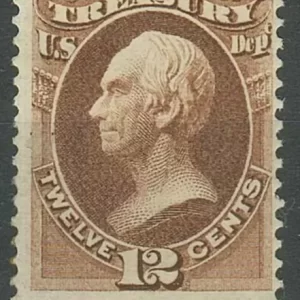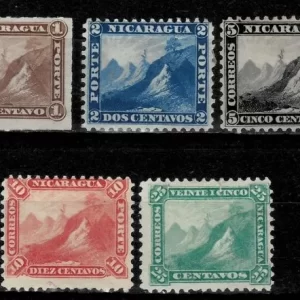Haiti stamps year 1914 imperforated Set
Haiti issued several interesting stamp series between 1900 and 1920. Here’s an overview of Haitian stamps from this period:
- Early 1900s Definitives:
- Continued use of the “Liberty Head” design from the late 19th century
- Various denominations and colors
- 1904 Centennial of Independence:
- Special commemorative series
- Featured portraits of Haitian revolutionary leaders and national symbols
- 1914-1920 Presidents Series:
- New definitive series featuring portraits of Haitian presidents
- Included leaders like Nord Alexis, Antoine Simon, and Cincinnatus Leconte
- 1914 Red Cross Issue:
- Overprinted stamps to raise funds for the Red Cross
- 1918 Red Cross Surcharge:
- Another charitable overprint for Red Cross funding
- 1920 Surcharges:
- Various stamps surcharged due to postal rate changes
Key Features:
- Printing Methods:
- Mainly lithographed, some engraved issues
- Often printed by foreign firms, including American Bank Note Company
- Perforations:
- Various gauges used, commonly 12 or 14
- Watermarks:
- Most issues unwatermarked
- Varieties:
- Numerous overprint and surcharge varieties exist
- Some color variations in definitive series
- Postal Usage:
- Covers from this period can be quite scarce, especially to foreign destinations
- Historical Context:
- This period saw political instability in Haiti, reflected in frequent changes in stamp designs and overprints
- U.S. occupation of Haiti (1915-1934) influenced some postal operations
Collecting Interest:
- Popular among collectors of Caribbean or Latin American stamps
- The 1904 Centennial issue is particularly sought after
- Overprint and surcharge varieties appeal to specialists
Haitian stamps from this era offer an interesting glimpse into the country’s history and postal development. They combine attractive designs with historical significance, making them appealing to both country and thematic collectors. As with many issues from this period and region, authentication can be important for some of the scarcer varieties and overprints.

